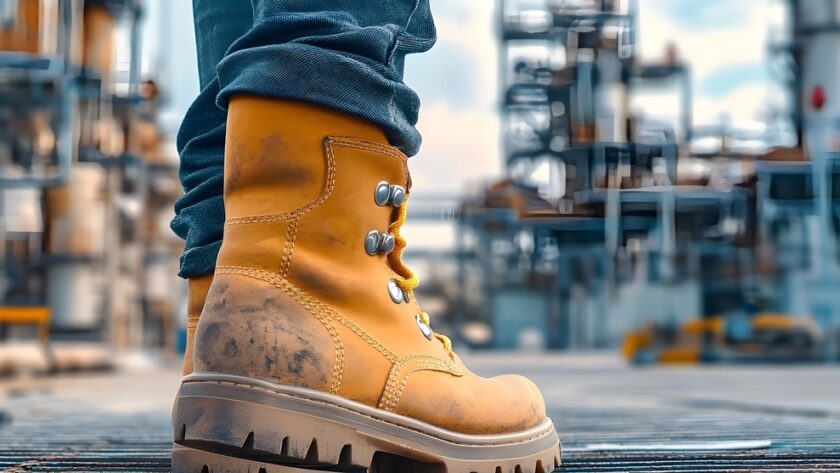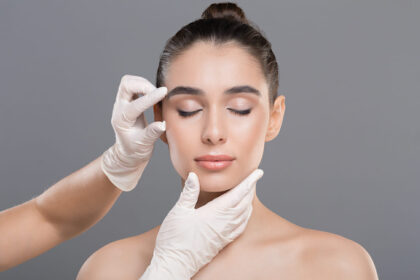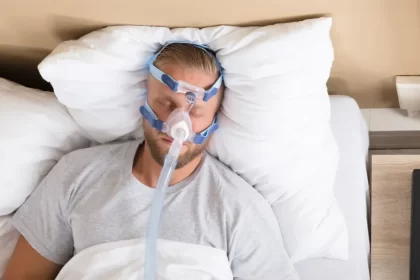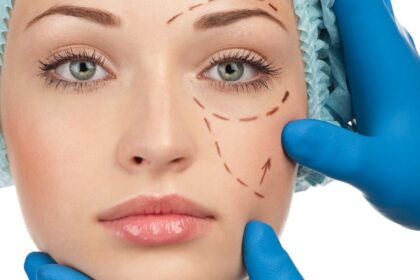Your feet carry you everywhere throughout the day, both at work and home. With so much demand placed on them, it is crucial to protect your feet properly, especially in workplace environments that can be tough on them over time. Implementing some simple preventative measures can help safeguard your foot health and keep you moving comfortably.
The Hazards: Understanding Problems for Your Feet
The conditions of your workplace can create or exacerbate many foot problems. These issues can range from minor discomforts to debilitating pain that disrupts work. Some common foot hazards on the job include:
Poor Footwear
Wearing unsupportive, poorly fitted, or inappropriate shoes for long periods subjects the feet to strains, irritation, calluses, bunions, corns, and other structural issues. Ill-suited footwear is one of the most widespread culprits behind occupational lower body and back pain.
Slip, Trip and Fall Accidents
Frictionless surfaces, uneven terrain, cluttered floors, steep stairs or ladders, obscuring eyewear, and rushing are slip, trip and fall hazards. Attempting to catch oneself mid-fall often twists ankles or overextends connective foot tissue.
Heavy Lifting
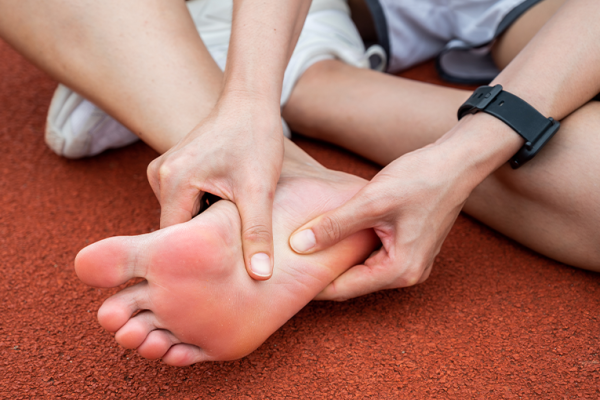
Lifting or moving heavy objects utilizing improper form and technique can lead to painful foot impairments like plantar fasciitis or compromised metatarsals over time.
Long Hours Standing/Walking
Being on your feet most of the day, even in quality shoes, fatigues your feet. Factors like long distances walked, insufficient break periods, hard flooring types and obesity place additional strain.
Falling Items
When heavy items, for instance tools or boxes, are dropped and land on exposed feet, the consequences can be quite serious, ranging from painful bruising to debilitating fractures or even the devastating effects of crushing injuries.
Chemical Contact
Corrosive liquids or substances falling onto exposed skin cause painful chemical burns. The right preventative and protective measures minimize these occupational foot hazard risks.
Tips to Protect Your Feet at Work
Wear Appropriate Footwear
Well-cushioned footwear with ample toe room suits most general workplace settings. Look for leather or mesh uppers, anti-slip soles and removable insoles. Workers in food service, factories or agriculture may need waterproof or steel-toe styles. Always ensure proper fit. Replace worn shoes regularly.
Take Scheduled Breaks
Short breaks of 5-10 minutes each hour, where you are off your feet, enhance comfort substantially.
Use Protective Equipment
Metatarsal guards shield the delicate metatarsals from impacts and compression damage. Toe caps add defense against equipment or items potentially striking feet in motion.
Keep Surfaces Clear
Preventing slip and trip accidents relies heavily on clean, orderly floors and walking areas without clutter or spills. Properly store tools and supplies immediately after use.
Use Proper Form and Technique
Adhere to ergonomic motions when lifting, lowering and carrying heavy objects. Keep feet shoulder width apart, with one foot slightly ahead of the other. Bend knees to a squat position instead of bending over and lifting with your back.
Report Problems
Communicate any foot discomfort or observations about workplace hazards or equipment shortcomings. Getting ahead of issues early helps prevent major problems.
See a Podiatrist
The professionals at Beyond Podiatry recommend scheduling regular check-ups and following the individualized recommendations from a podiatrist on workplace foot health and safety. They can assess your feet, identify risks, provide preventative and recovery treatments and refer you to other specialists like physical therapists if necessary. Don’t delay seeking podiatric care if you experience new or worsening foot pain on the job.
Conclusion
Safeguarding your foot health while working relies heavily on protective equipment, proactive strengthening and stretching, workplace hazard awareness and speaking up about discomforts early. Pain-free feet keep you performing at your best while preventing injuries. Pay attention to your foot health needs by utilizing thorough preventative strategies.

